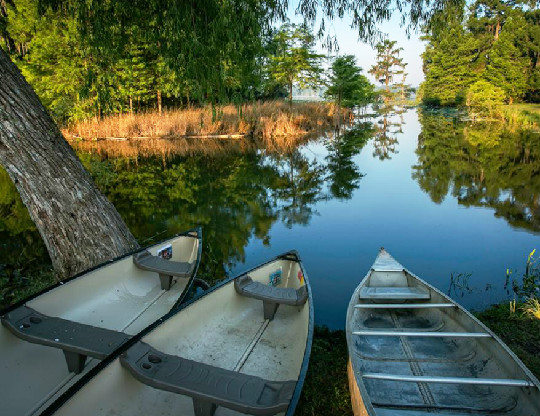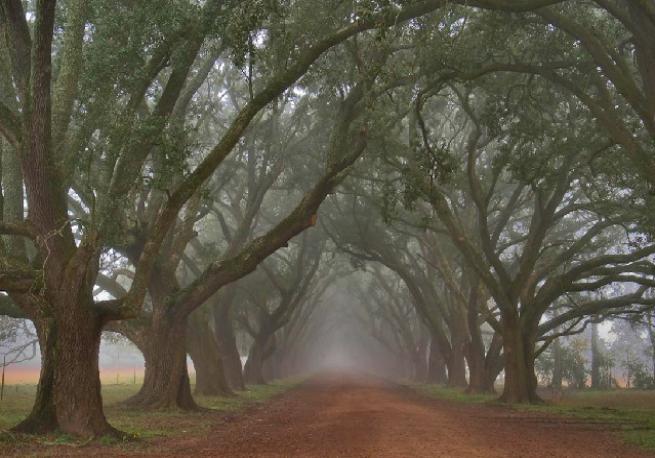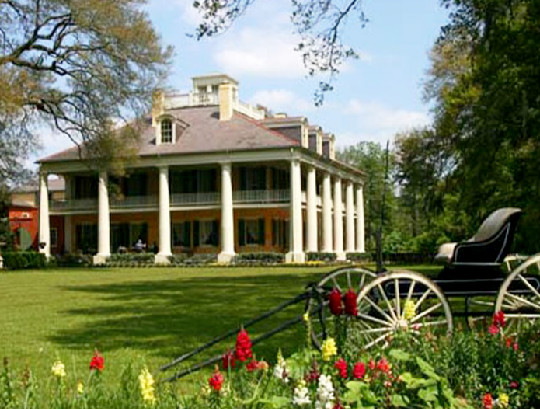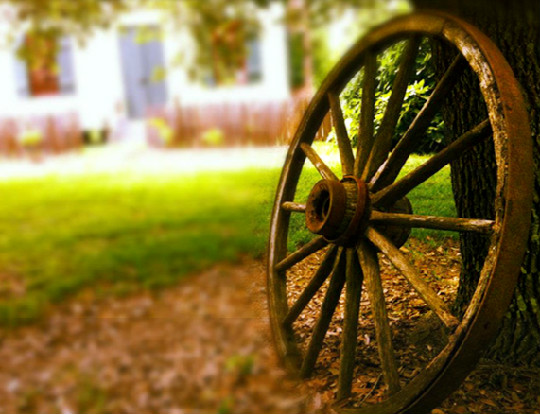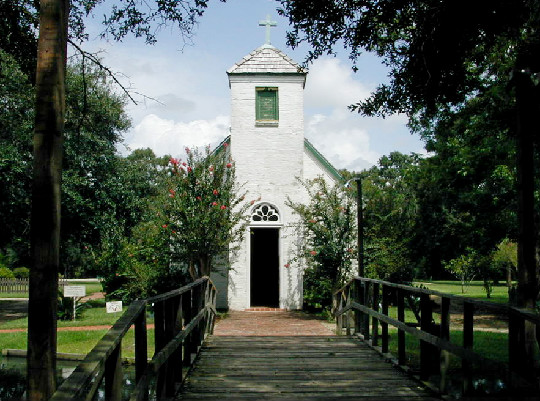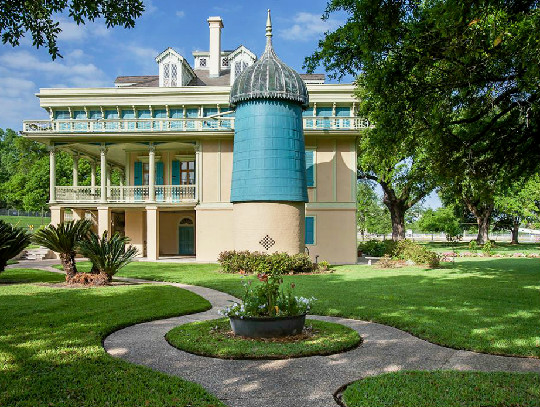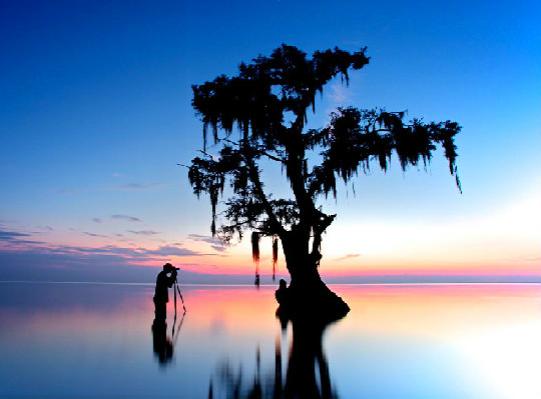
| Bienvenue en Louisiane! |
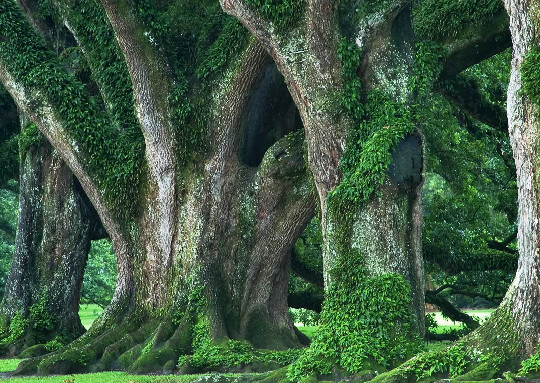
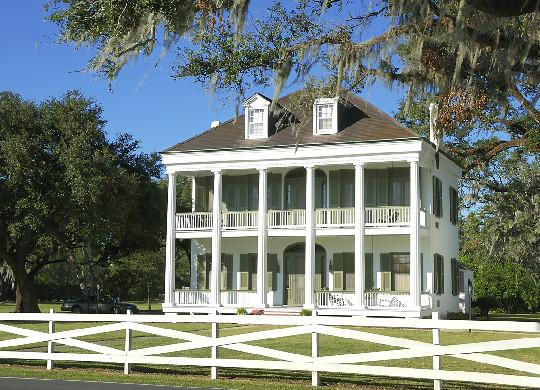
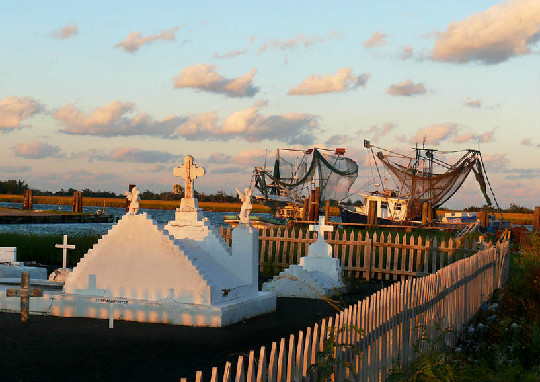
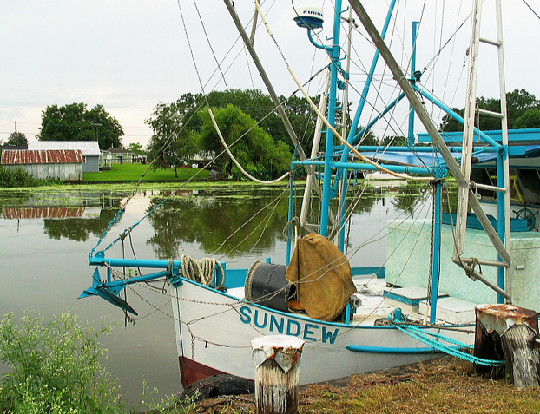
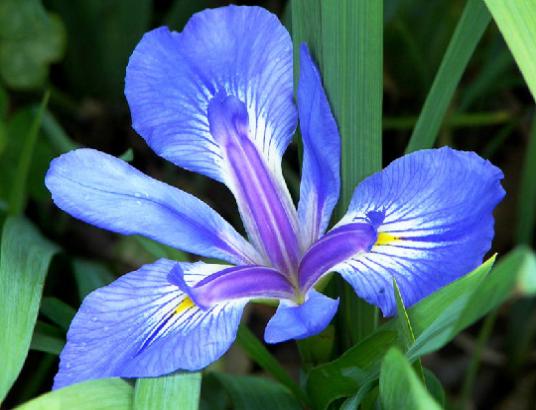
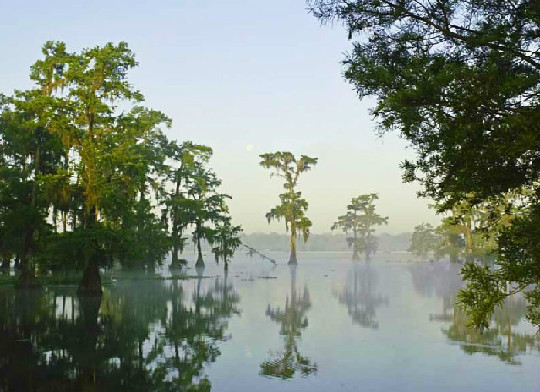
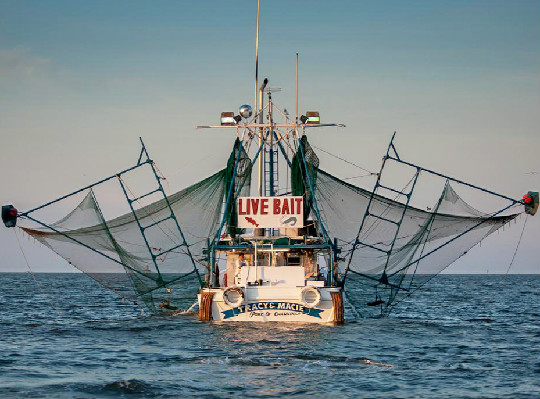
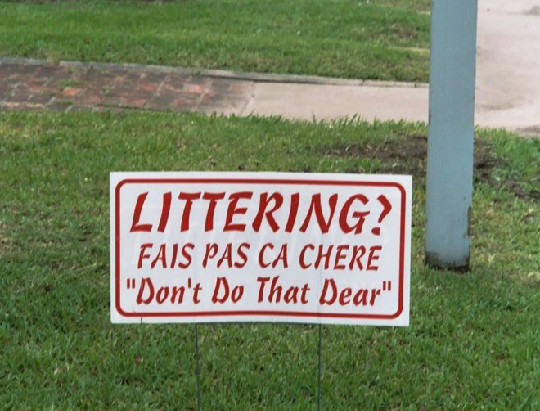
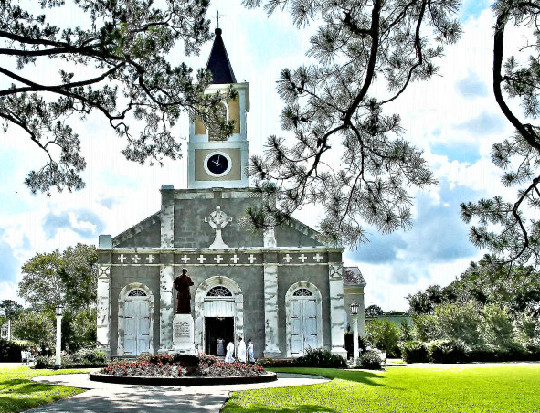
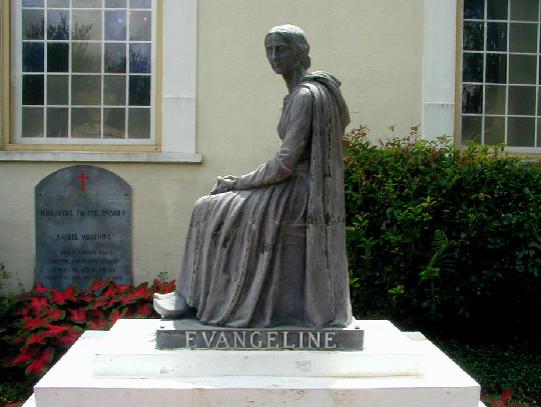
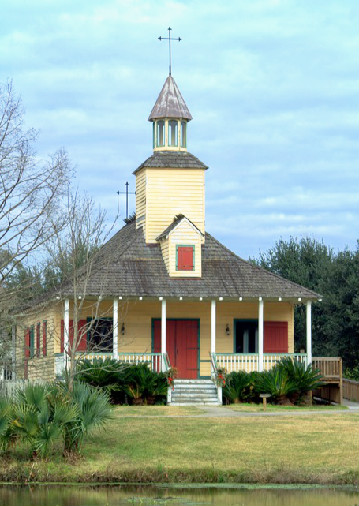
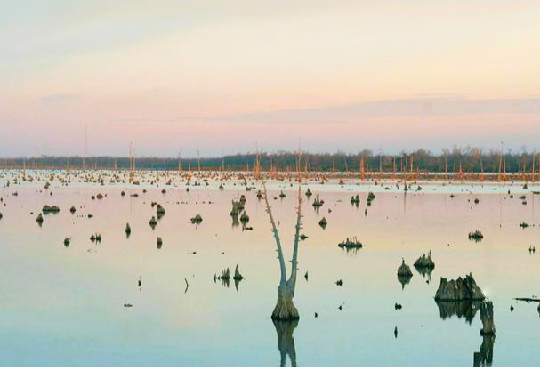
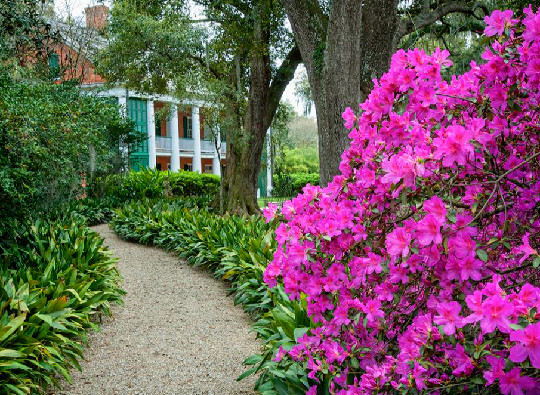
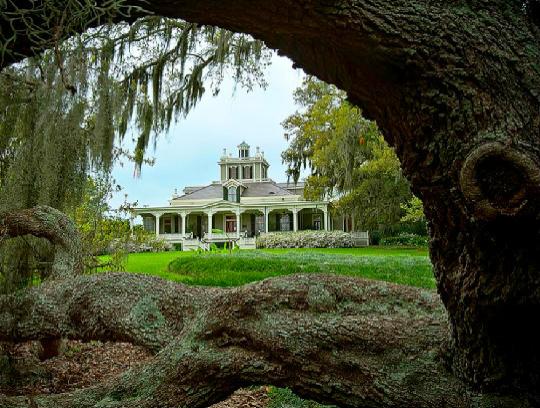
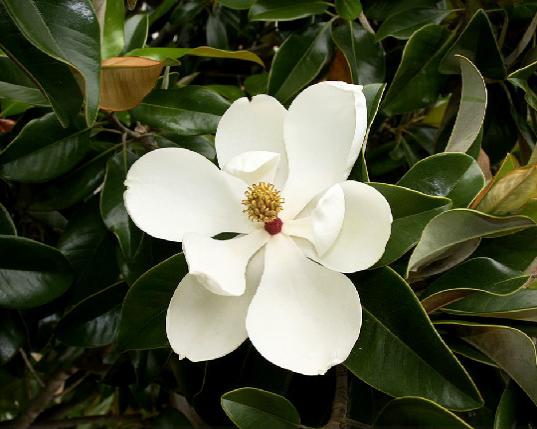
| The photos on this page were all taken in south Louisiana. From the Acadian culture of southwestern Louisiana, to the Creole culture of metropolitan New Orleans in southeastern Louisiana, the southern portion of the state is rich in its history and heritage, unique in its customs, and lush in its scenic beauty. |
| Some have said that south Louisiana is "a country within a country." And, as though to note this distinction, the state's bright blue highway welcome signs supply their warm greeting in both the English and French languages: |
| Bienvenue en Louisiane! ~ Welcome to Louisiana! -- Nancy |
| Joseph Jefferson home, Rip Van Winkle Gardens, New Iberia, LA The Gardens take their name from the character in the Washington Irving story, in honor of Mr. Jefferson, who played the role 4,500 times, all over the world. The actor built the home in 1870 and spent all of his winters here. |
| San Francisco Plantation, Great River Road, Garyville, LA This distinctive home was constructed in 1853. A few years later, the son who inherited it, along with a huge debt, is said to have given it its name by proclaiming he was "sans fruscins" (without a penny). The name evolved to "San Francisco." |
| It was in danger of being demolished in 1932, when the Mississippi River levee system was constructed. But there was such an outcry to save as many of the River Road plantations as possible, that the legislature passed a measure to do so, and the levee was curved around San Francisco, taking the front gardens, but leaving the house. |
| Shrimp boat on Bayou Barataria, Jefferson Parish, LA |
| A church at the Vermillionville Living History Museum & Folklife Park, Lafayette, LA Vermillionville is a representation of a Cajun village, in the years between 1765-1890. |
| Houmas House, Great River Road, Darrow, LA Named after the land's first inhabitants, the Houmas Indians, the home was built by Revolutionary War hero, Gen. Wade Hampton, beginning in 1810 (the original, smaller home, constructed in the mid-1700's, still stands on the grounds). |
| At one time, Houmas House was the largest producer of sugar in the nation, actively working a sugar cane crop on 98,000 acres, producing 20 million pounds of sugar per year. The home was spared from the river flood of 1927, but slowly fell into disrepair. It was saved by Dr. George Crozat, who purchased and renovated it in 1940. |
| Magnolia blossom, Louisiana's state flower |
| Louisiana Iris, Louisiana's state wildflower |
| Sun's coming up on the bayou, Lord, So bright in the clean, cool air, As I kneel in my Cajun cabin, Lord, To offer my morning prayer. |
| Shrimp boat on a bayou passes by a cemetery at sunrise. |
| What can I ask of you, Bon Dieu? What more could a Cajun wish? I've got black coffee on my stove, And this grand bayou to fish. |
| My nets are full and heavy, Lord, Filled with the bounty you yield; I harvest so many riches, Lord, From your bayou, gulf and field. |
| When my exiled Cajun fathers, Lord, Sought refuge in this land, I know the force that led them on Was le Bon Dieu's unseen hand. |
| So, what more could a Cajun ask Than what I have today? Bon sante, bons amis et ma famille, And le Bon Dieu, who hears me pray. |
| Then, this is my simple prayer, Lord, A Cajun's humble plea: May all of those who love you, Lord, Have all you've given me. |
| -- Bob Hamm |
| Shadows-on-the-Teche House and Gardens, New Iberia, LA Constructed in 1831, the g-grandson of the original owner bequeathed the property to the National Trust for Historic Preservation in 1958. But he did much more than that, he meticulously archived over 17,000 family papers, making this historic house museum one of only a very few to be documented in such minute detail. |
| Ancient Live Oaks, New Orleans, LA |
| Vermillionville Living History Museum & Folklife Park, Lafayette, LA |
| Ignatius House - Formerly the President's home of Jefferson College - Convent, LA Jefferson College was chartered in 1831, the home above built in 1836. In 1927, the college was sold to the Jesuit Fathers and turned into a spiritual retreat, still open today. |
| Church at Acadian Village, Lafayette, LA Acadian Village is a recreation of an 1800's Cajun village. "The old Acadian ways are worth keeping alive, worth handing down, worth remembering." -- Former village director, Marti Gutierrez |
| Henry Wadsworth Longfellow's "Evangeline, A Tale of Acadie," was published in 1847 and became one of his most famous poems. It's the tale of a young girl searching for her lost love after the Acadians were expelled from Nova Scotia and rejected in New England. |
| The statue of Evangeline above was donated to the town of St. Martinville in 1929 by the cast and crew of the movie adapted from the poem. There is, also, an Evangeline statue in Nova Scotia. in the courtyard of a reconstructed French church. |
| "Evangeline" - St. Martinville, LA |
| Emmeline LaBiche is buried in the cemetery of the church shown below. It's said that the fictionalized Evangeline was based on the true story of Emmeline. |
| St. Martin de Tours Church, St. Martinville, LA |
| The Bald Cypress is Louisiana's state tree. |
| A Bald Cypress "Cemetery" along the coast - Only stumps remain from what was once a forest. The cypress trees of coastal Louisiana are disappearing at an alarming rate, due to over-logging by mulch companies and discharges from oil and gas drilling. |
| Studies show that, even if replanted, 70%-80% of Louisiana's cypress forests cannot regenerate without environmental restoration. A law banning cypress logging in coastal Louisiana was passed in 2009, but illegal logging and illegal discharges from oil companies continue to be reported. |
| Terrebonne Parish, LA |
| St. Martinville, LA ... a gentle reminder :-) |
| Photos on this page are courtesy of My.Louisiana.Love, A.Southerly.Flow, City.Data, Bayou.Vermillion, Dave.Curry.Blogspot, National.Geographic, Louisiana.Travel, Lafayette.Concert.Band, Notes.from.the.Crawfish.Pond |
| Please don't use the "Send Page" feature of your computer to send this entire page in an e-mail message, document or pdf format. This distorts the layout and separates the page from its source. If you'd like to share it, please just send the link. The link to this page is: http://www.thepastwhispers.com/Bayou.html |
